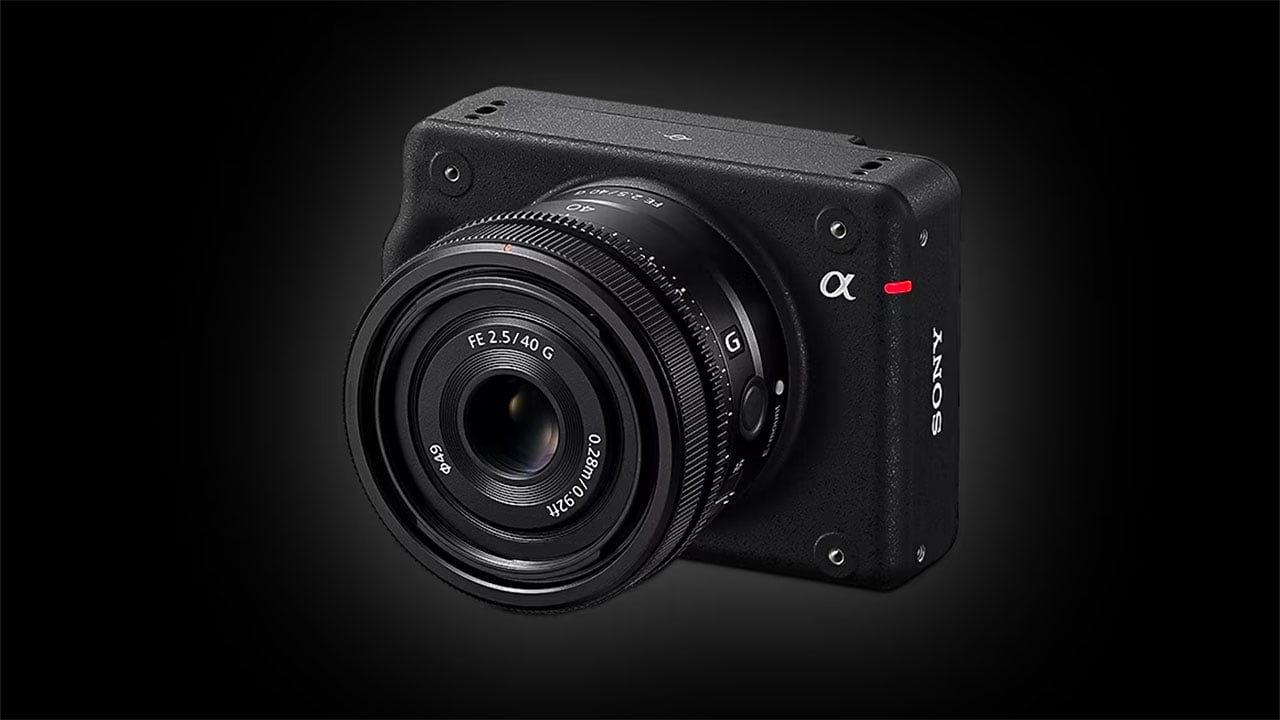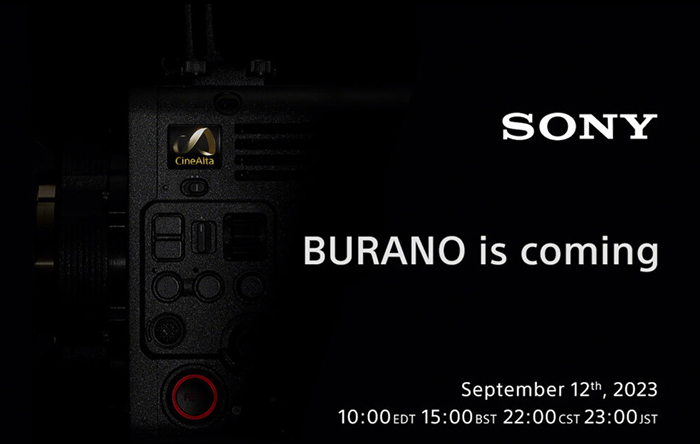
The Sony FE 12-24mm f/2.8 GM comes from Sony's elite 'G-Master' line of lenses, making it one of the best-quality lenses in this guide, but also the most expensive. It is versatile enough to have the option to use the wider 12mm for nighttime shots, while also being able to zoom in for daytime landscapes.ĭesign. 🔎 The Sony FE 12-24mm f/2.8 GM is great if you don't want to commit to one photography niche. Read more: Sigma 14mm f/1.8 DG HSM Art review The chromatic aberration (color fringing) is minimal even when shooting at wide apertures and you also won't encounter any significant issue with image distortion - something which certainly cannot be said for all ultra-wide lenses.Īs far as ultra-wide lenses go, the Sigma 14mm f/1.8 DG HSM Art is close to unbeatable in terms of its performance and quality. Stars appear clear and sharp, even when the aperture is opened up to its impressive f/1.8 maximum, although stopping down the aperture a little will improve the coma that appears towards the corners of the image frame at its widest opening. The optical performance is where this lens really excels, as it is truly outstanding. This may not be a deal-breaker if you're using it primarily for astrophotography, but it's something to bear in mind if you plan on using the lens during the daytime and want to be able to protect the glass better. One thing to note is that the lens doesn't have a filter thread due to the bulbous nature of its front element. For night-time shooting, the fixed focal length and extra-wide field of view make the lens ideal for capturing expansive vistas of the landscape and night sky. Although astrophotographers aren't usually out shooting in bad weather at night, this could be useful if you plan to use the lens during the day as well. This lens is incredibly well constructed and also has the bonus of being weather-sealed. Coming in at 2.58 lbs, it's definitely on the heavier side for a lens, but with heft in the hand comes heft in terms of optical quality too.

The weight was one of the very first things we noticed when conducting our Sigma 14mm f/1.8 DG HSM Art review. If you’re after a lens that will get you long shutter speeds without a star tracker, with technically excellent results throughout its aperture range, this is a piece of kit that will serve you well.ĭesign. 🔎 The Sigma 14mm F1.8 DG HSM ART lens really is a phenomenal lens for night-sky photography.

And if you’re just getting started, check out our astrophotography for beginners guide and consider pairing one of these lenses with one of the best beginner cameras or best cameras overall.

SONY FRAME CAMERA LENS UPGRADE
If you’re looking to upgrade the rest of your kit, check out our best cameras for astrophotography and our best travel tripods guides. Read on to find their star ratings, detailed specs and performance reviews, and the latest price for each product and be sure to check out how we test the lenses, too. Our expert reviewers have tried and tested a range of lenses from different brands and given their verdict below. Many of them also have great image stabilization, vital for shooting celestial objects.Īstrophotography lenses are an investment, and as such it’s important to find the perfect one for you. They have a fast maximum aperture which enables the image sensor to pick up as much light as possible while maintaining a sharp image, making it easier to create a shot in the dark. Why the need for such niche equipment, you may ask? Well, astrophotography lenses are designed to deal with low-light conditions such as the ones you experience when shooting at night.


 0 kommentar(er)
0 kommentar(er)
